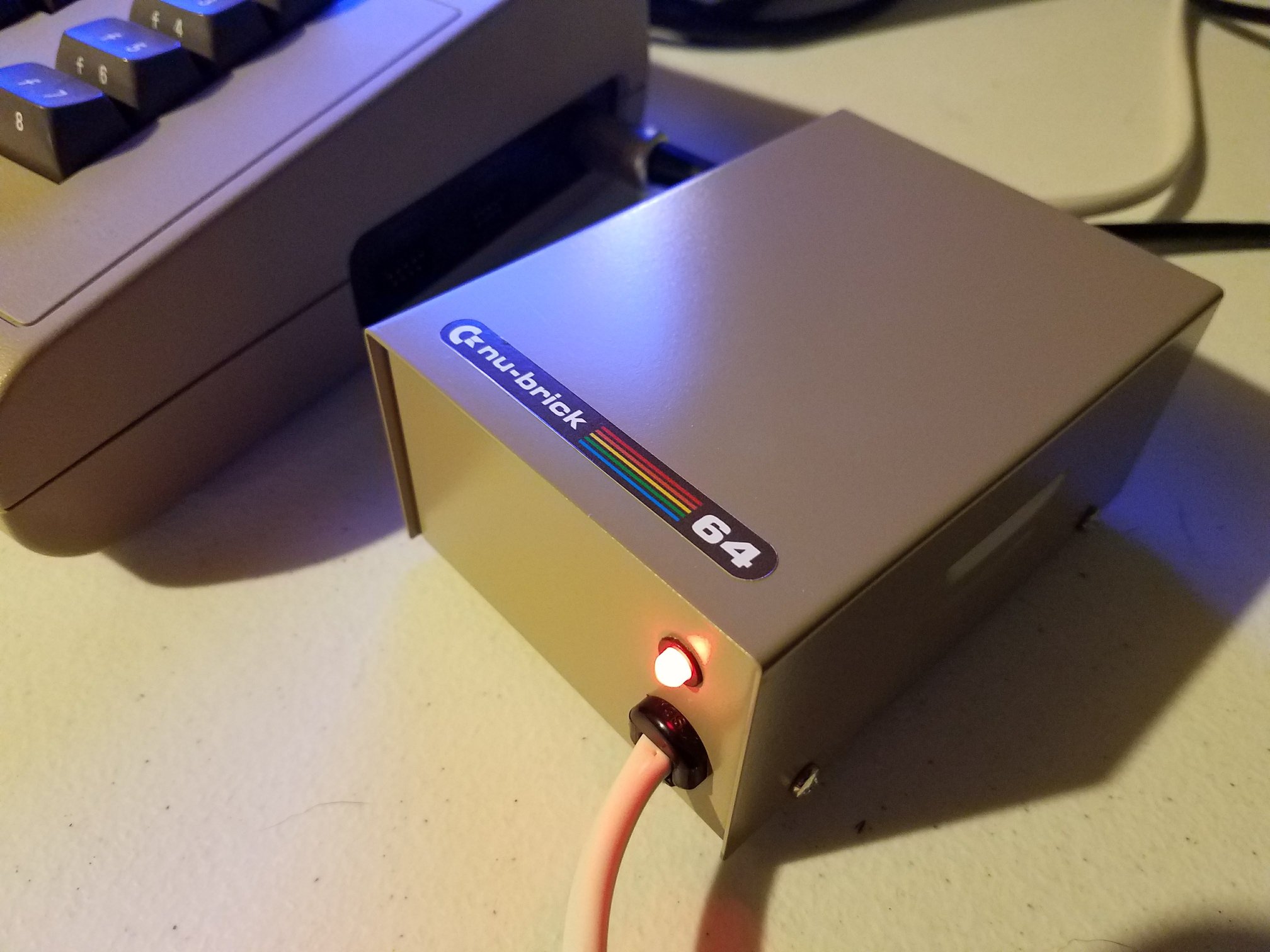In a fascinating presentation hosted by the Toronto PET Users Group (TPUG), Jorge Abreu dives deep into the story of the Drean Commodore 64, Argentina’s uniquely localized version of the iconic home computer. Born in Buenos Aires and now a Site Reliability Engineer, Jorge shares not only the technical background but also the turbulent political and economic backdrop that shaped this rare Commodore variant.
The Drean Commodore 64 wasn’t just a rebadge. It was a result of economic restrictions, smart business moves, and a local need for home computing amidst dictatorship, inflation, and international isolation. Jorge explores how Argentina’s import laws and PAL-N video standard pushed companies to assemble, modify, and even improve on existing models for domestic release.
A Political and Technical Timeline
Jorge sets the stage with a sweeping overview of Argentina’s early computer history, beginning in the 1950s with the Ferranti Mercury—nicknamed “Clementina”—and carried forward by visionary scientist Manuel Sadosky. The journey moves through waves of democracy and dictatorship, laying the groundwork for the unique manufacturing landscape that birthed the Drean-branded systems.
Argentina’s local assembly laws favored companies that could build domestically. This led to odd licensing deals and hybrid machines like the Drean Commodore 64, built from imported U.S. motherboards but fitted with local components and PAL-N-compatible VIC-II chips.
Not a Clone—A Commodore Collaboration
One of the most enduring myths around the Drean Commodore 64 is that it was a knockoff. Jorge dispels this in full. In fact, Drean had a legitimate agreement with Commodore, including custom branding, localized assembly, and special chipsets. PAL-N video required a custom VIC-II (the 6572), proving Drean’s models weren’t just clones—they were region-specific adaptations.
Drean was also savvy with marketing. With strong ties to local retailers and hefty advertising budgets, they managed to make the C64 a household name—even rivaling sales penetration seen in North America and Europe.
C64C, MSX, and the Fire That Ended It
Jorge walks viewers through the quirky tale of Drean’s 64C variant, which was actually a breadbin motherboard in a newly tooled plastic shell. These machines kept the spirit of Commodore alive despite no formal plans from the parent company to support Argentina directly.
The video also touches on Argentina’s MSX scene, Microsoft licensing struggles, and even the role of racing in Commodore’s branding. A fire at the Cerveni factory in 1986 marked the beginning of the end for Argentina’s homegrown microcomputing efforts.
Watch for the Full Story
Jorge’s talk is rich with anecdotes, rare photos, and industry insight that contextualizes the Drean Commodore 64 like never before. From hyperinflation workarounds to Bill Gates’ involvement in ROM pricing, it’s a history lesson that blends computing, politics, and business with charm and humor.







